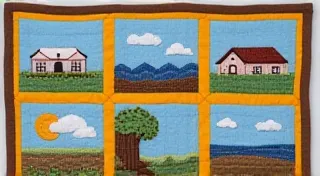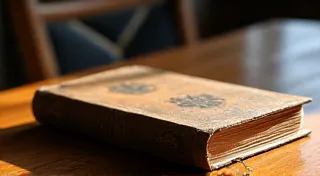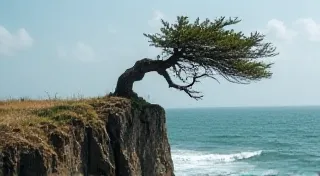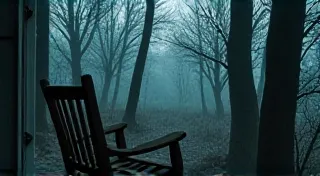Ink and Echoes: The Calligraphy of Connection in Maine Postcard Correspondence
Maine. The name itself conjures images of rocky coastlines, towering pines, and a quiet, enduring spirit. For over a century, these scenes – and the lives lived within them – have been captured and shared across distances on a humble piece of cardstock: the vintage postcard. While the images themselves are captivating glimpses into Maine’s past, it's the handwritten messages on their reverse sides that truly breathe life into these tangible relics. They offer a profoundly personal window into the hopes, anxieties, and everyday moments of those who once called Maine home, or were simply passing through. This isn’t merely about collecting pretty pictures; it's about preserving the calligraphy of connection, the intimate echoes of voices long silenced.
The postcard, as we recognize it, emerged in the late 19th century. The advent of inexpensive postage rates made it an accessible form of communication, far cheaper than a letter. Early postcards were often real photo postcards (RPPCs), direct photographs of places and people, quickly becoming incredibly popular. Maine, with its dramatic landscapes and charming towns, was a prime subject for this new medium. The combination of a striking visual and the immediacy of a handwritten note created a powerful connection – a connection that transcended distance and time.
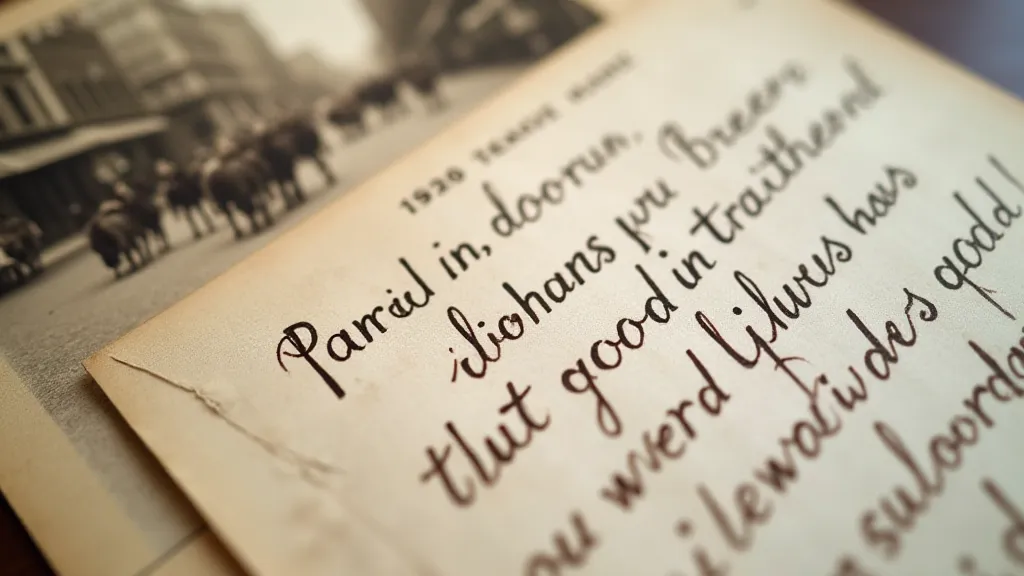
The Evolution of Script: A Reflection of the Times
The style of handwriting itself evolved significantly over the decades, mirroring changes in education, penmanship practices, and societal aesthetics. Early postcards, from the 1890s and early 1900s, often feature elegant, Spencerian script – a formal, ornamental style of penmanship that was taught in schools and considered a mark of refinement. These messages were carefully crafted, each letter painstakingly formed with a fountain pen, demonstrating a level of dedication and artistry rarely seen today. The ink itself often varied: deep sepia tones were common, though later postcards might show a richer black or even a faded blue-black.
As the 20th century progressed, handwriting styles shifted. The ornate flourishes of Spencerian script gradually gave way to a more practical, efficient cursive – a direct result of the rise of typewriters and a growing emphasis on speed and legibility. Sometimes, the imagery on the postcards themselves became a subtle reflection of this shift – moving from idyllic landscapes to more stylized and modern depictions of Maine’s burgeoning tourist industry. The handwriting of the 1920s and 30s often feels more streamlined, though still possessing a distinctive charm. The images chosen to accompany these messages often reveal fascinating details about the prevailing aesthetics of the era, and sometimes hint at the stories behind the senders and recipients. The post-war era brought further simplification; handwriting became more informal, sometimes even bordering on hurried. Examining these changes isn’t just about appreciating different writing styles; it's about witnessing the subtle shifts in cultural values and technological influence.
Stories Woven in Ink: The Personal Echoes
Beyond the stylistic nuances, the true magic of vintage Maine postcards lies in the personal stories they reveal. These aren't just greetings; they're snippets of lives lived, fragments of conversations, and echoes of emotions that have traveled across the years. One postcard might contain a brief update from a daughter writing to her parents from a summer job in Bar Harbor. Another, a heartfelt expression of longing from a soldier stationed overseas, dreaming of the Maine coastline. A third, a simple “Wish you were here” sent from a family vacationing in Old Orchard Beach. Often, the postcards themselves whisper tales of a life touched by change and loss, hinting at stories that would be better understood through careful examination of the broader historical context. For those interested in the architecture of that bygone era, and its connection to the personal stories reflected in these cards, further exploration can be found in articles like "The Cobblestone Chronicle: Maine Postcards and the Architecture of a Past Life".
The language used also provides a fascinating glimpse into the past. Phrases and idioms that have long since faded from common usage pepper the messages, offering a unique linguistic time capsule. The formality of greetings, the directness of concerns, and the casual references to daily life all contribute to a vivid sense of what it was like to live in a different era. Sometimes the messages are mundane: a quick note about the weather or a mention of a local event. But even these seemingly insignificant details hold value, offering a tangible connection to the past. They are glimpses into the ordinary, which, when pieced together, create a rich and compelling portrait of a community. The vulnerability of color in aging postcards is also worth noting; the fading hues can often tell a story of their own, reflecting the passage of time and the delicate nature of these historical documents. Sometimes, the loss depicted in the messages is profound, and the postcards become poignant reminders of lives interrupted and dreams deferred.

The Collector's Eye: Preservation and Appreciation
For those drawn to the world of vintage postcards, the process of collecting is more than just acquiring objects; it’s about rescuing stories from oblivion. Condition is, of course, a factor – pristine cards are rarer and more valuable. However, even cards with creases, tears, or faded ink can hold immense charm and tell a compelling narrative. Restoring a postcard is a delicate process. Overzealous cleaning can damage the ink and paper, so it’s best left to experienced conservators. Simple storage in archival-quality sleeves and boxes is often the best approach. The fragility of these objects underscores the importance of responsible collecting and preservation, ensuring that future generations can continue to appreciate these tangible links to the past. The stories they hold can be heartbreaking, revealing the challenges and hardships faced by those who once called Maine home. Sometimes, they offer a glimpse into a world that feels both familiar and strangely distant.
Beyond the monetary value, the true reward for a postcard collector lies in the connection to the past. It's about handling a piece of history, imagining the hands that wrote the message, and feeling the echoes of voices long gone. The calligraphy of connection isn’t just about the script itself; it’s about the human stories woven within the ink, the glimpses into lives lived, and the tangible links to a Maine that once was. Each postcard is a little piece of a larger puzzle, contributing to a richer understanding of the state’s history and the lives of its people. The images captured on these postcards, particularly those depicting landscapes, often evoke a sense of longing and nostalgia, transporting viewers to a bygone era. Considering the broader context of the era—its losses, its aspirations, and its aesthetic sensibilities—deepens the appreciation for these seemingly simple artifacts.
The Legacy of Connection
In an age of instant communication, the humble vintage postcard offers a poignant reminder of a slower, more deliberate way of connecting. The act of writing a postcard, of carefully crafting a message and sending it on its journey, was an act of intention, a testament to the value placed on human connection. The echoes of these personal moments are often what truly resonate with those who study them. The “Ink and Echoes” left on these cards speak volumes, reminding us that even the simplest objects can hold profound stories and offer a bridge across time. The legacy of these vintage Maine postcards isn’t just about preserving images; it's about preserving the calligraphy of connection, the echoes of voices, and the enduring spirit of a state deeply rooted in its past. The sense of loss and displacement often expressed in the messages is especially evocative, prompting reflection on the transient nature of life and the enduring power of memory. Those seeking to explore a broader picture of Maine’s legacy may find inspiration from a different, related perspective, as explored in "The Echoes in the Tintype: Maine Postcards and the Silent Narratives of Loss".
As technology has advanced, the art of handwritten correspondence has largely disappeared, replaced by digital communication. The act of selecting a postcard, composing a message, and placing it in the mail was a ritual that demanded time, care, and intention – qualities often absent in the speed and immediacy of modern communication. These vintage postcards stand as a testament to a time when connection was more deliberate, and the act of sending a message was an act of personal expression.
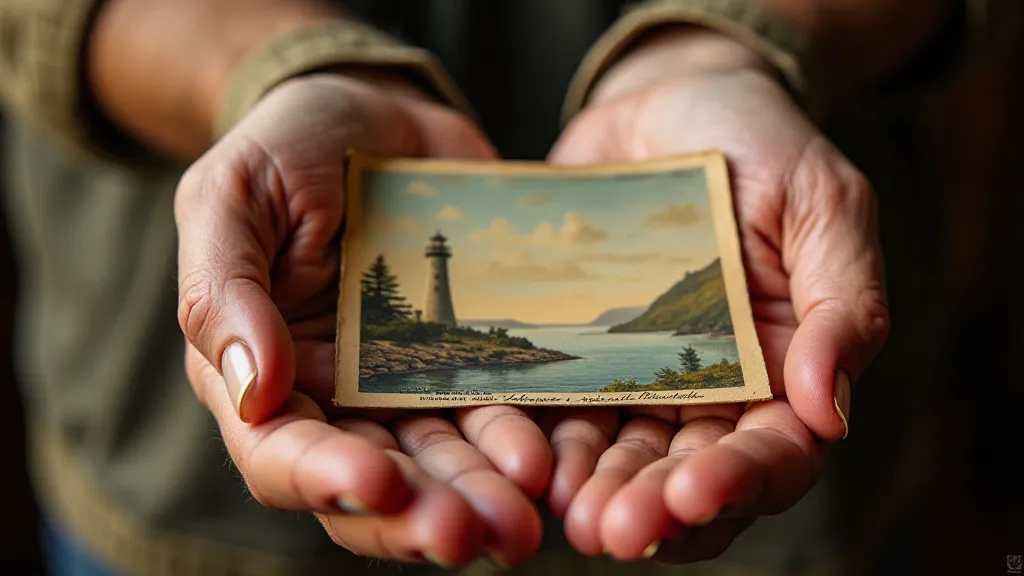
The fragility of these artifacts serves as a reminder of the importance of preserving the tangible remnants of our past. They offer a glimpse into the lives of those who came before us, allowing us to connect with their hopes, fears, and dreams. Each postcard is a tiny window into another time, another place, and another person's experience.
